“P” is for phosphorus, the stuff of life, and “p” is for “peak phosphorus” by 2030, ecologists say, unless — presto! — pee can be turned into gold through modern-day alchemy.
Unremarked and unregulated by the United Nations and other high-level assemblies, the world’s supply of phosphate rock, the dominant source of phosphorus for fertilizer, is being rapidly — and wastefully — drawn down. By most estimates, the best deposits will be gone in 50 to 100 years.
Worse, phosphorus production could peak in just two decades, according to new research from Australia and Sweden. That’s when demand could outstrip supply, playing out a familiar scenario of scarcity, price shocks, riots, starvation and war.
In short, peak phosphorus could be the unwelcome sequel to peak oil.
“It’s an emerging crisis,” said Stuart White, director of the Institute for Sustainable Futures at the University of Technology in Sydney, Australia, and a co-author of two phosphorus studies published recently by Global Environmental Change and the International Conference on Nutrient Recovery from Wastewater Streams.
“Right now, you can get phosphorus if you’re willing to pay for it,” White said. “But global reserves will peak in 20 to 25 years. Africa has not stirred in terms of its phosphorus use. Africa could take off, and that’s very scary.
“We will continue to mine phosphorus. It’s just that if we want to extend the longevity of the resource, we’ll have to reduce extraction rates significantly and put in much bigger recycling.”
P in DNA
Peak phosphorus, as White and his colleagues describe it, based on data from the U.S. Geological Survey and the fertilizer industry, makes peak oil look like a cakewalk.
Both oil and phosphate rock are finite, non-renewable fossil resources that were created in deep geological time, whether from decaying biomass for oil or millennia of pooping seabirdsfor phosphate. But there are substitutes for oil; there is no substitute for phosphorus, an element that forms bones, sustains cell membranes and gives shape to the DNA and RNA in all living things.
“We are effectively addicted to phosphate rock,” said Dana Cordell, a Ph.D. candidate who works with White and co-authored the recent studies. Cordell’s thesis, The Story of Phosphorus: Sustainable Implications of Global Phosphorus Scarcity for Food Security, was published as an e-book by Linköping University in Sweden on Feb. 4.
“The quality of the remaining phosphate rock is declining,” Cordell said. “We’re going to have to shift away from our use of it. There is no single quick fix solution.”
Worldwide, according to Cordell and White, five times more phosphorus is being mined than is being consumed. Stated another way, 15 million tons of phosphorus is mined yearly to grow food, but 80 percent never reaches the dinner table: It is lost to inefficiency and waste.
Farmers use too much fertilizer and it runs off the land, polluting streams, lakes and oceans. Industrial agriculture does not plow crop residues back into the soil after the harvest. In some countries, consumers throw away a third of their food, even when much of it is still edible.
Mature animals, including humans, excrete nearly 100 percent of the phosphorus they consume. But only half of animal manure — the largest organic and renewable source of phosphorus — is being recycled back onto farmland worldwide, studies show. And only 10 percent of what humans excrete is returned to agriculture as sludge or wastewater.
“We need to start talking about our pee and poo more seriously,” Cordell said. “We need to be thinking in terms of 50 to 100 years.”
In 2008, as the price of phosphorus skyrocketed from $50 to $400 per ton, Cordell, White and other scientists in Australia, Sweden, Canada and the Netherlands formed the Global Phosphorus Research Initiative. The group hopes to capture the attention of the U.N. by holding an international workshop Feb. 25 and 26 in Linköping.
“Phosphorus is an issue without a home,” White said. “It falls in the cracks between nations.”
The ABC’s of P
Here’s President Franklin D. Roosevelt, addressing the Congress in 1938:
I cannot over-emphasize the importance of phosphorus not only to agriculture and soil conservation but also to the physical health and economic security of the people of the nation.
Without phosphorus, the world cannot grow food. Yet only three countries control 73 percent of the world’s remaining known reserves of phosphate rock. By contrast, the 13 members of the Organization of the Petroleum Exporting Countries control 75 percent of known oil reserves.
The U.S. now has only a 25-year supply left of phosphate rock, most of it is in Florida and North Carolina, studies show. China has the largest reserves — 27 percent of the total — but has clamped down on exports with a steep tariff. Morocco is occupying the Western Sahara and its reserves and is exporting them to the U.S, even as the U.N. condemns the trade.
Africa is now both the largest exporter of phosphate rock and the continent with the worst food shortages.
“We’re calling this the biggest problem no one’s heard of,” said James Elser, an Arizona State University ecologist who recently co-founded the Sustainable Phosphorus Initiative, a new research group on campus. (Arizona State will send representatives to the conference in Sweden this month, and next year, the university plans to host the second international summit on phosphorus.)
“The scope and urgency of the time scale need to be narrowed down,” Elser said. “I don’t think we have a really good consensus about the peak. Is this really an acute problem in 30 years? If this is true, then the human consequences are much more acute than anything we’ve seen with climate change, in terms of hunger. Food is food. We can’t live without it.”
By some estimates, peak phosphorus is already past. In a 2007 paper in Energy Bulletin, Canadian physicist Patrick Déry and co-author Bart Anderson hypothesized that global reserves of phosphate rock peaked in 1989.
“Phosphorus may be the real bottleneck of agriculture,” they said, echoing a phrase from Isaac Asimov, a biochemist as well as science fiction writer, who called it “life’s bottleneck.”
White and Cordell dispute the 1989 date for peak phosphorus, saying that an apparent production decline in phosphorus after that year was only temporary: It was caused by the breakup of the Soviet Union and the saturation of fertilizer in European soils. In any case, they say, whenever the peak, the cost of production is indisputably going up and the quality of phosphate rock is declining.
“It’s generally true that the data is very poor on the reserves,” White said. “All it goes to show is that we can’t really know definitely. But the principle remains.”
P and the 3 R’s
In Dune, his 1965 sci-fi classic, Frank Herbert imagines a futuristic empire at war over spice, a life-extending drug that is mined for interstellar travel. Spice is the most essential and most valuable commodity in the universe, and Dune chronicles the struggle for the desert planet Arrakis, the only place where spice is found.
Unfortunately, peak phosphorus is not science fiction.
Mark Edwards, a food marketing expert at Arizona State, believes that water and phosphorus are the two most critical problems for world food supply. Last year, in the course of writing a book on the crisis in world agriculture, titled, Crash! The Demise of Fossil Food and the Rise of Abundance, Edwards said he “did the math” and realized that phosphorus was running out.
Crash! contains a doomsday scenario for a “resource run” on phosphorus, complete with rumor, speculation, hoarding, guarded mines, restricted exports, high prices, bankrupt farmers and a hysterical press.
Edwards co-founded the Arizona State phosphorus initiative because, he said, “I wanted to verify that my math was correct. I was hoping it was wrong. I want to help farmers recover their waste nutrients.
“Phosphorus is way under the radar for everybody. Most scientists just aren’t aware of it.”
Phosphorus cannot be manufactured or synthesized in a lab. The only way to avert a supply crisis, researchers say, is to adopt the “3 R’s” of sustainability: “Reduce, Reuse and Recycle.”
For starters, they say, reducing demand means bucking a global trend and deliberately choosing to eat less meat. Meat- and dairy-based diets require up to three times as much phosphorus as vegetarian diets.
If the Western world switched en masse to a vegetarian diet, it could lower the world demand for phosphorus in fertilizers by as much as 45 percent, the studies show. If, on the other hand, Indians switched to a meat-based diet, it would triple India’s demand for phosphorus.
“It goes to the heart of what people see as affluence,” White said. “Can we afford to have 9 billion people in 2050 eating as high on the food chain as Americans and Australians do? The answer, clearly, is no. As Gandhi said, ‘There’s enough for everyone’s need but not for everyone’s greed.’
“It’s not for me to tell other people what they should eat. But people in Western industrial countries have a choice. There is no need to eat meat.”
Reuse and recycling are possible because, unlike oil, phosphorus can be recovered after it is used. For thousands of years, farmers did just that, plowing manure and human “night soil” back onto the land. In modern-day agriculture, however, animal feed lots are often thousands of miles away from the fields, and toilets flush away human waste.
Phosphorus cannot be destroyed, but it is becoming dissipated in the environment, Elser said. What’s lost today to rivers and oceans will take another 10 to 15 million years to become phosphate rock on dry land, as happened on now depleted “phosphate islands” like the down-on-its-luck nation of Nauru.
“There’s a whole industry that needs to be invented to capture phosphorus,” Elser said. “We need a new way of growing crops that keeps it in the field instead of letting it run down into the Gulf of Mexico. We need plants that are more efficient at getting phosphorus.
“We’re calling it ‘closing the human-phosphorus cycle.’”
Ideally, researchers say, cities will become phosphorus “hotspots” of urine and feces that can fertilize the surrounding farmland. Sweden for example, plans to recycle 60 percent of its phosphorus back into agriculture by 2015. Two Swedish cities presently require all new toilets to separate urine for use on local farms. The nutrients in one person’s urine are believed to be sufficient to produce at least half and potentially all the food requirements for another person.
Using collected human waste as a source of otherwise hard to obtain chemicals like phosphorus dates back at least to Nero’s “urine tax,” while alchemists in Europe routinely decanted urine to refine elemental phosphorus for their experiments.
Society’s prevailing view of wastewater as a pollutant and not a resource has been called “urine blindness.” Victor Hugo, the French novelist, saw it coming, various phosphorus studies have recalled. As he wrote in Les Miserables not long after the introduction of flush toilets in the mid 19th century:
Thanks to human dung, the earth in China is still as young as in the days of Abraham. Chinese wheat yields a hundredfold of the seed. There is no guano comparable in fertility with the detritus of a capital. A great city is the most mighty of dung-makers. Certain success would attend the experiment of employing the city to manure the plain. If our gold is manure, our manure, on the other hand, is gold.

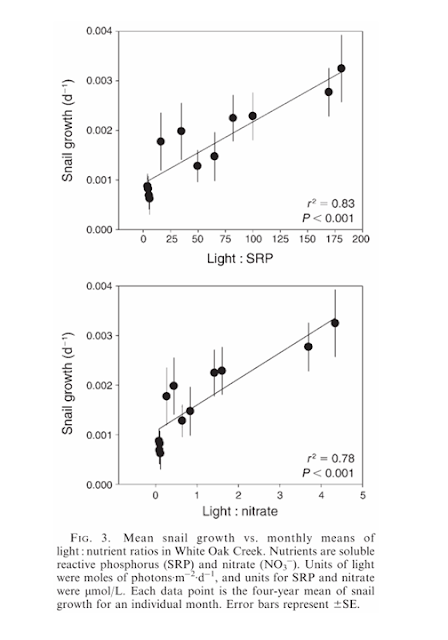
![Reblog this post [with Zemanta]](http://img.zemanta.com/reblog_e.png?x-id=78098957-89ae-4ea0-80d6-a2d83ea8a068)
![Reblog this post [with Zemanta]](http://img.zemanta.com/reblog_e.png?x-id=c1aa7e8d-53f1-4abf-9263-ba2c993ac3dd)
![Reblog this post [with Zemanta]](http://img.zemanta.com/reblog_e.png?x-id=1b1ed722-9f04-41e6-8873-ee63cce683bf)

![Reblog this post [with Zemanta]](http://img.zemanta.com/reblog_e.png?x-id=8e98b589-a897-452a-a177-c8fc168f9070)
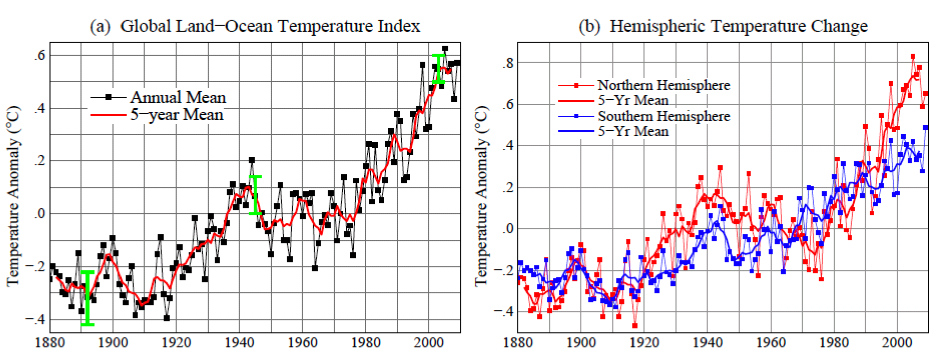
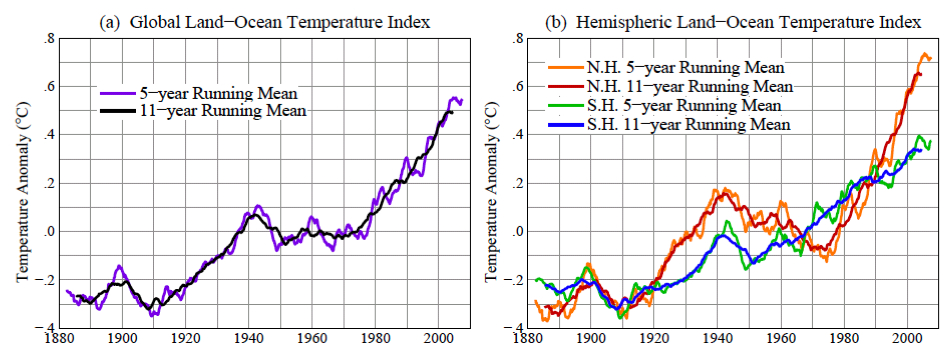
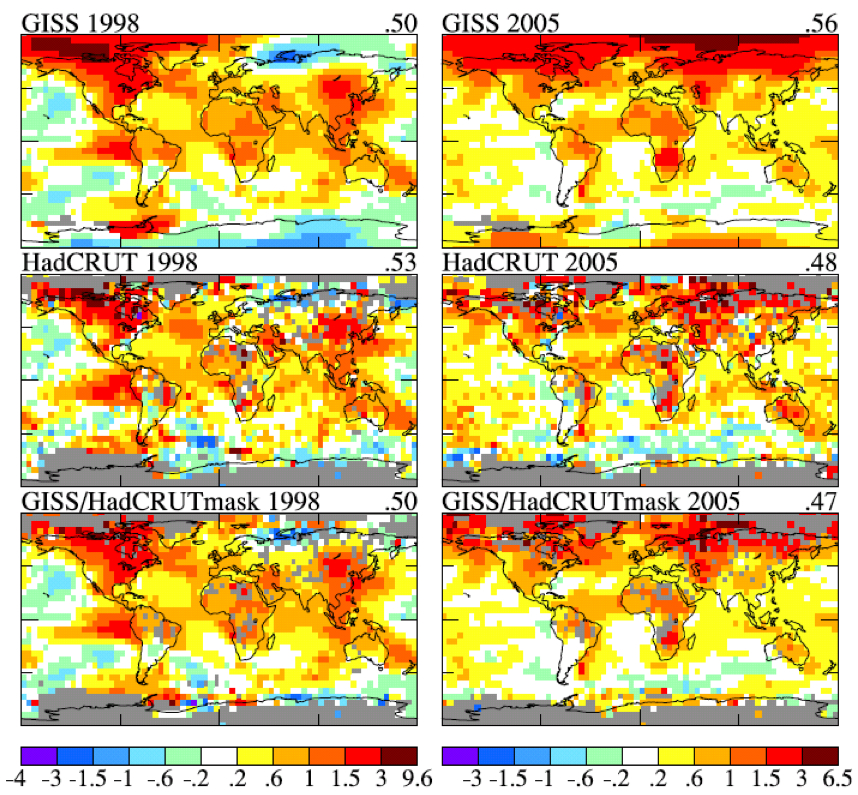
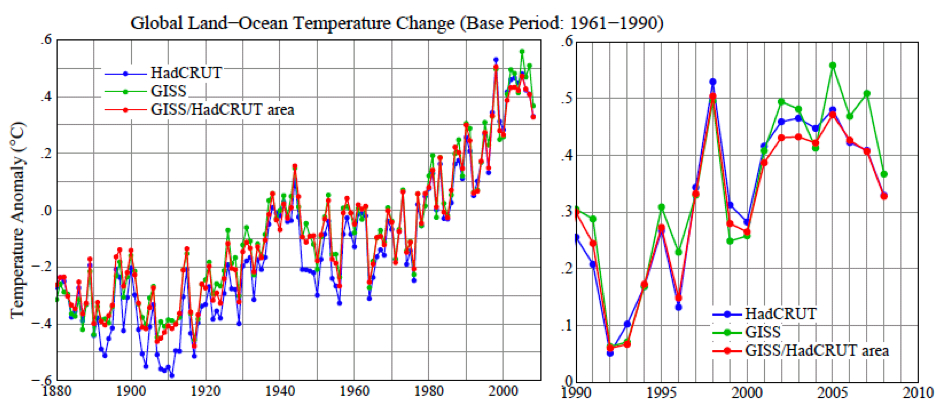
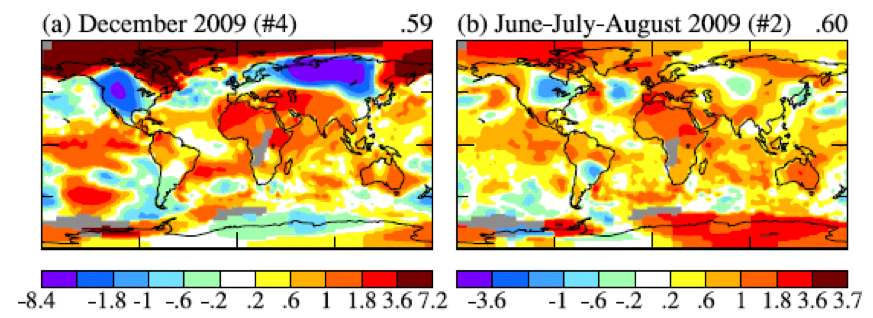
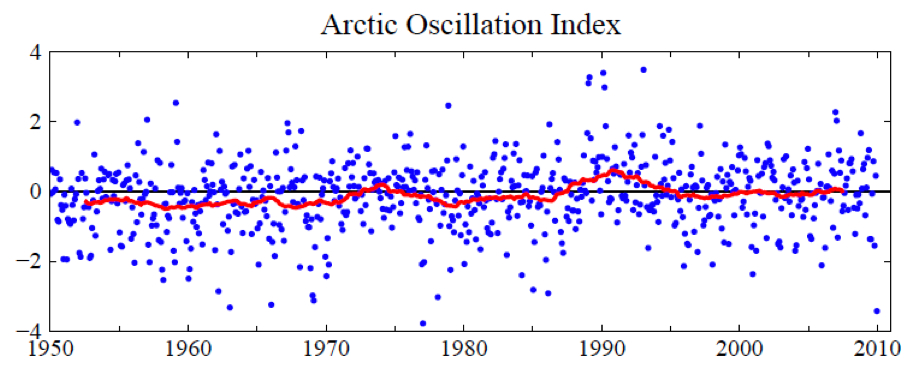
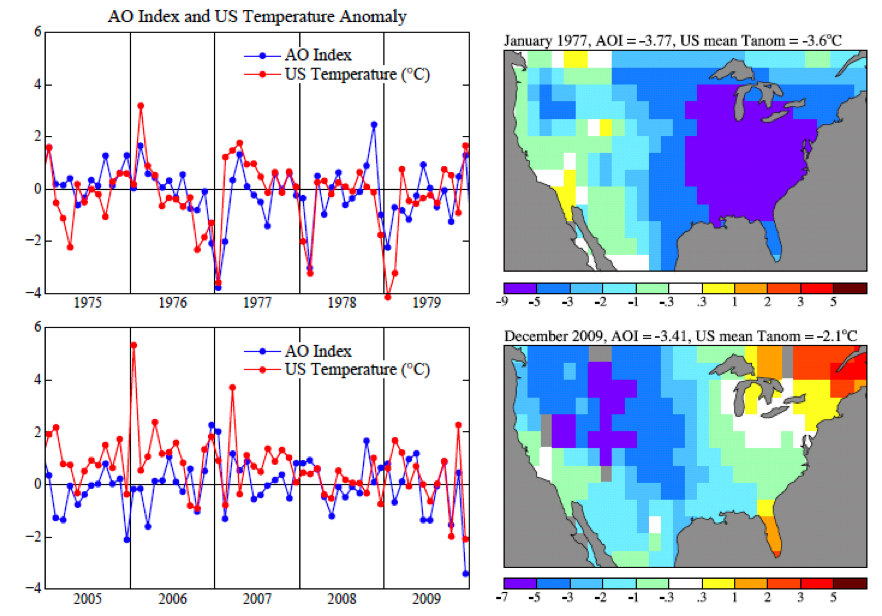
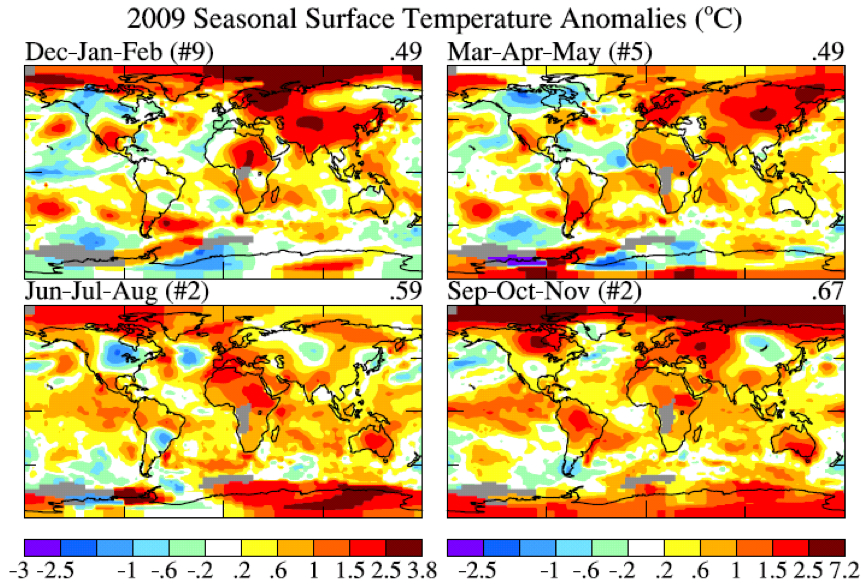
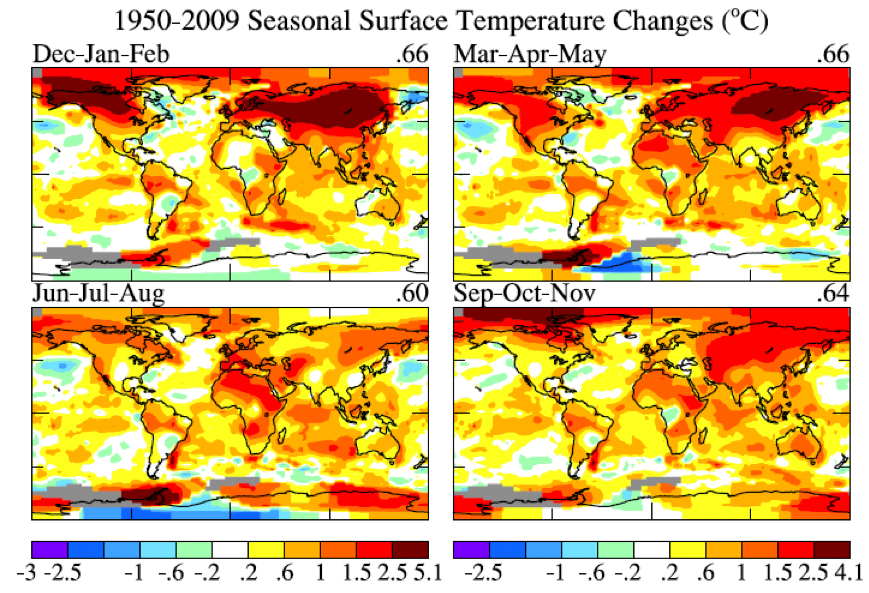
![Reblog this post [with Zemanta]](http://img.zemanta.com/reblog_e.png?x-id=b53d95e1-bbb3-4407-b7f4-7f39150e7b70)
![Reblog this post [with Zemanta]](http://img.zemanta.com/reblog_e.png?x-id=153ad473-6db0-4d3a-bf70-7ad8d205f7c2)
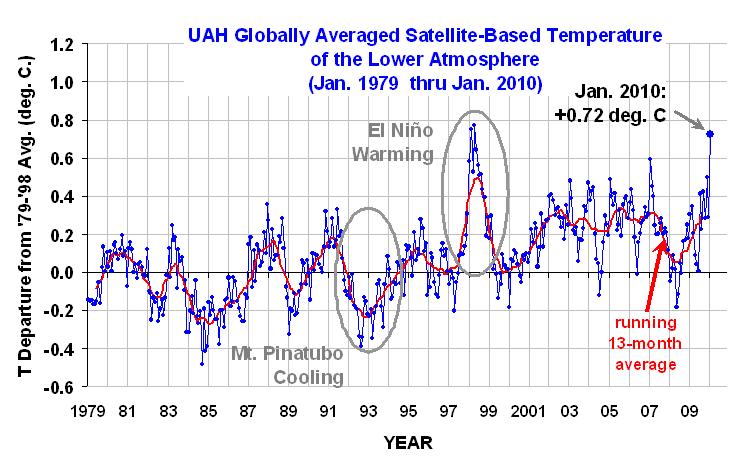
![Reblog this post [with Zemanta]](http://img.zemanta.com/reblog_e.png?x-id=91bbef30-4462-485e-b888-8b469dce85da)
 But blah, blah, everyone's heard that line before. A more thoughtful reply comes from meteorologist Jeff Masters,
But blah, blah, everyone's heard that line before. A more thoughtful reply comes from meteorologist Jeff Masters, ![Reblog this post [with Zemanta]](http://img.zemanta.com/reblog_e.png?x-id=3583955d-9e8f-47ed-bb6c-717e9f2588da)


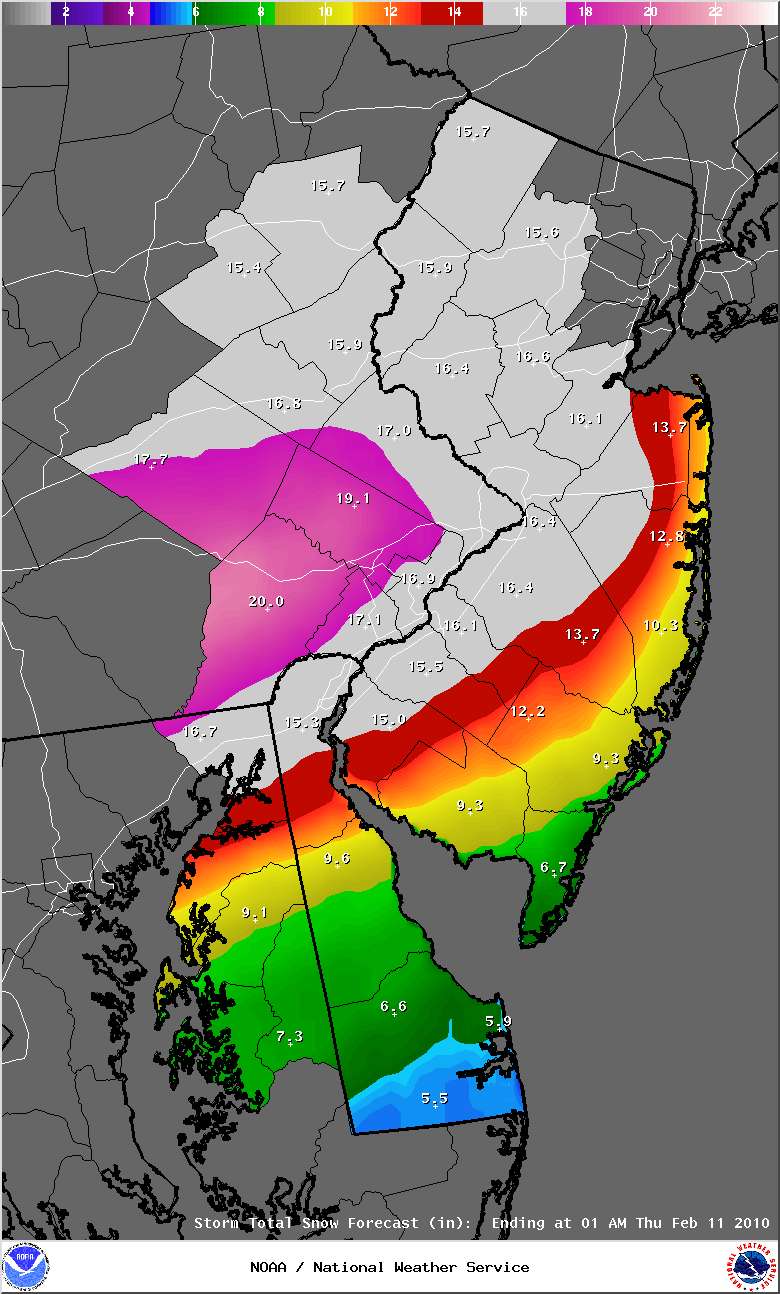
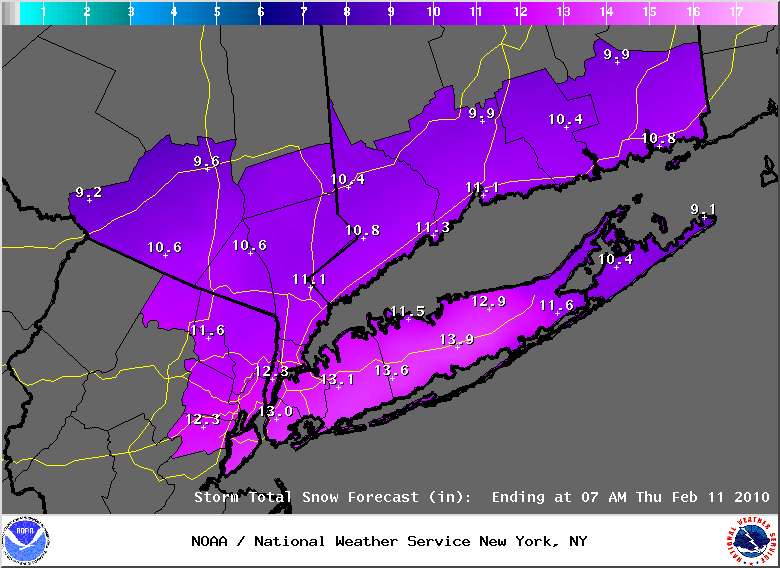
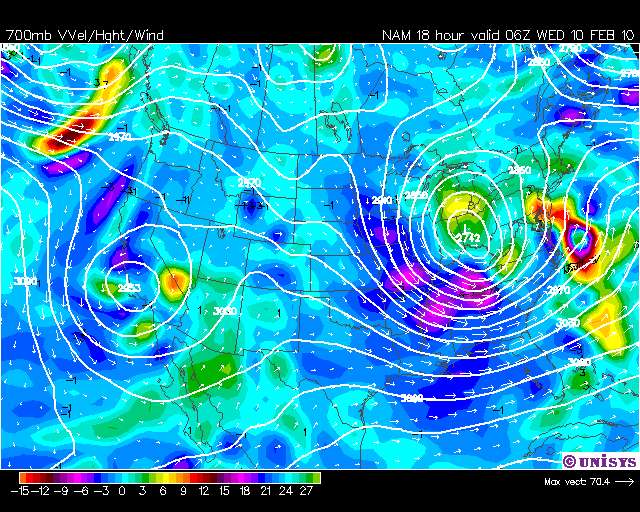
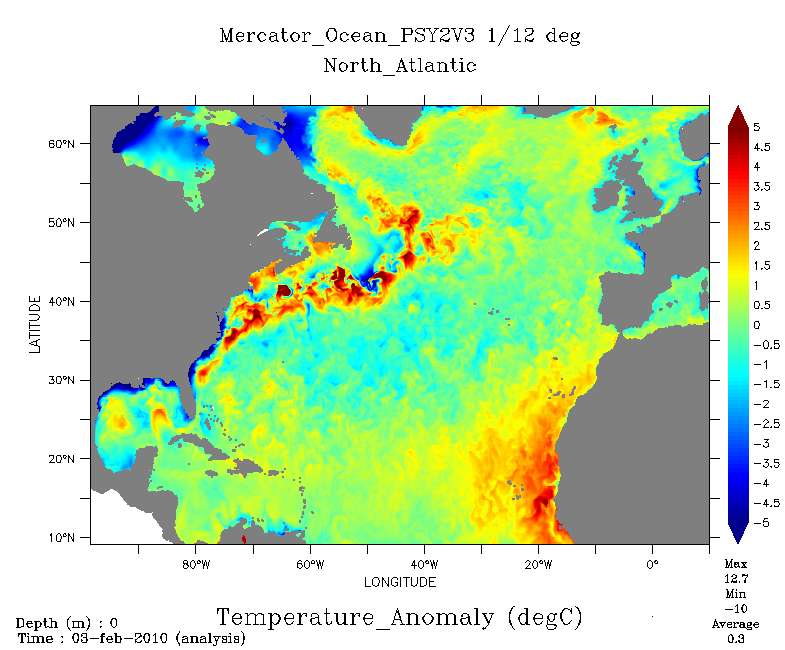
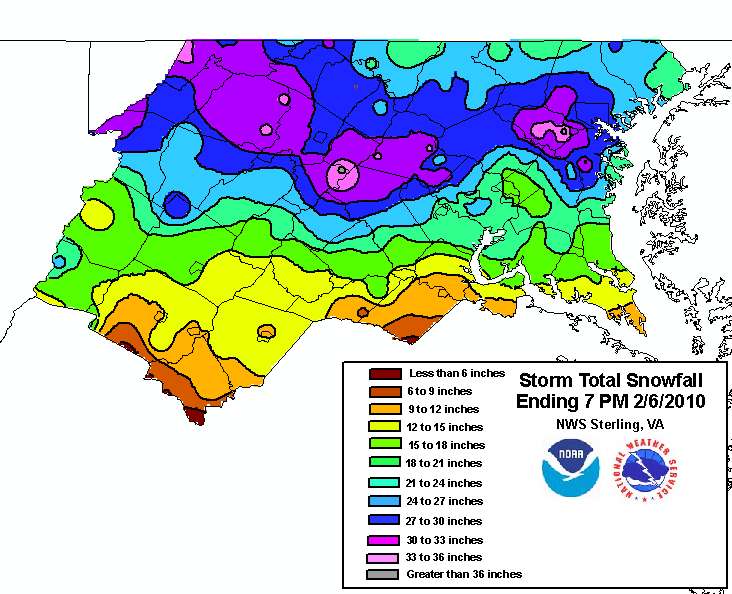

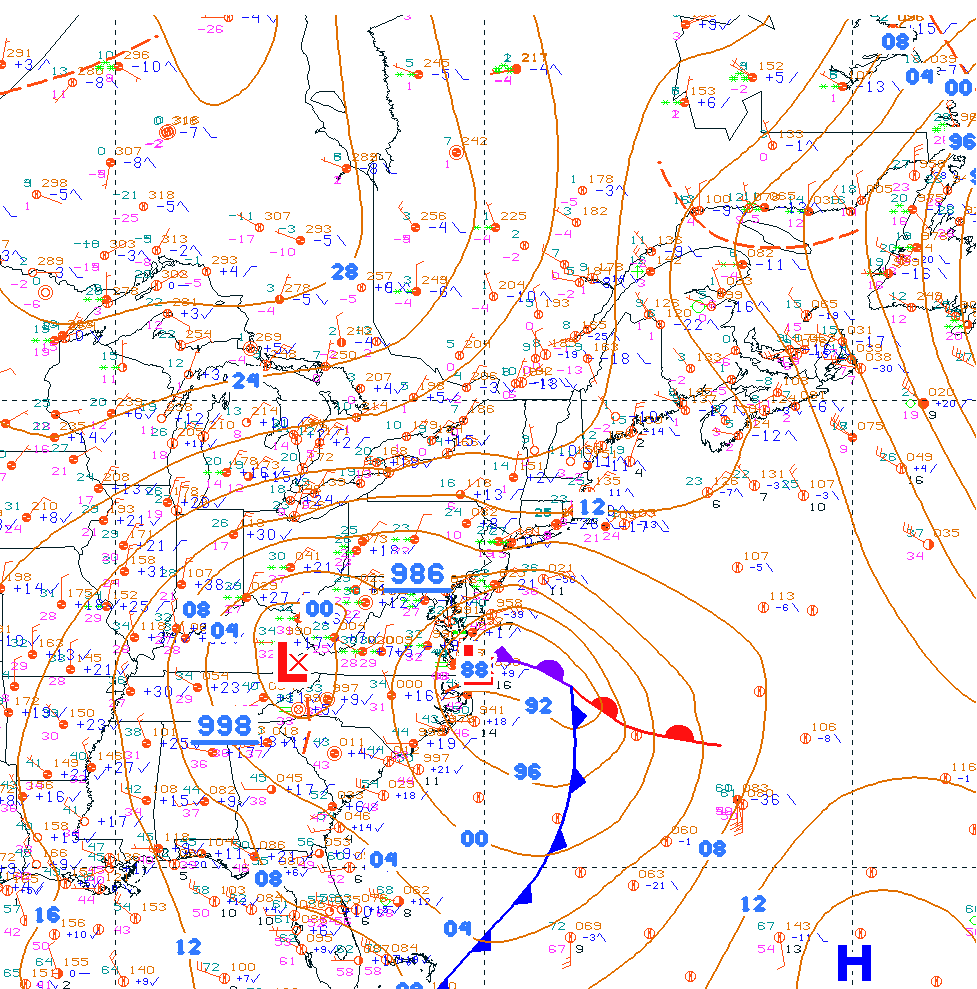
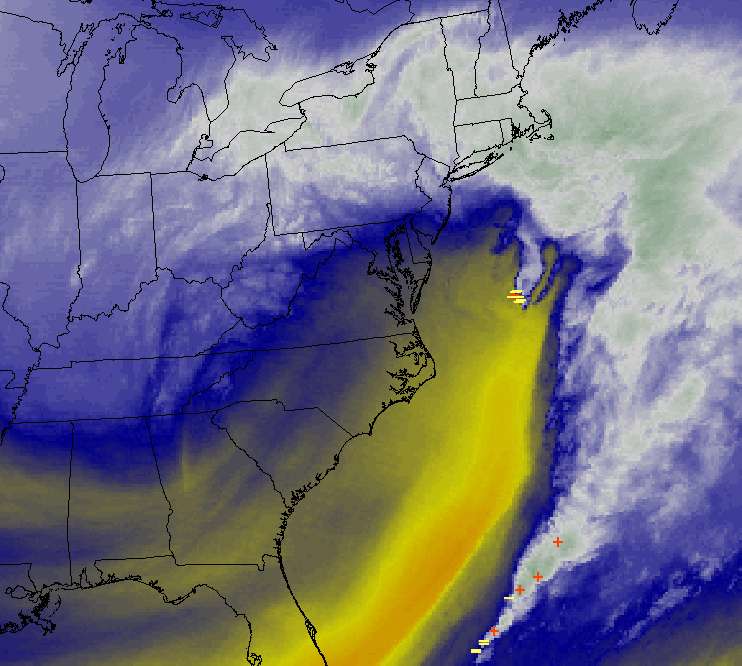
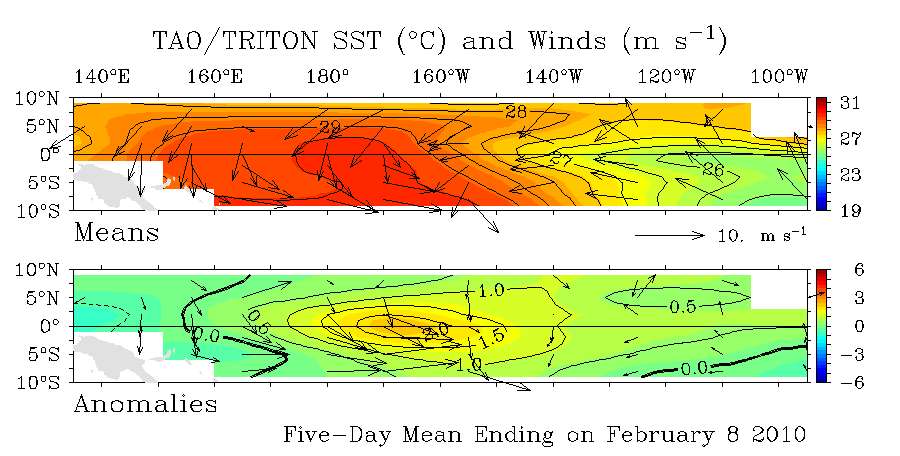
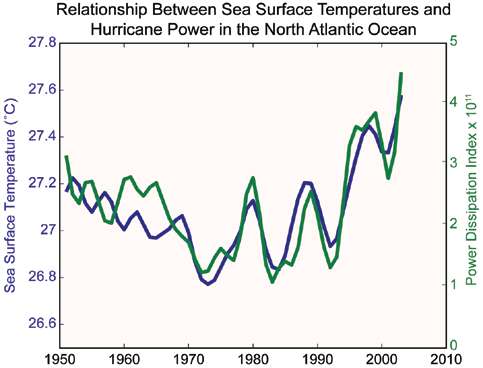

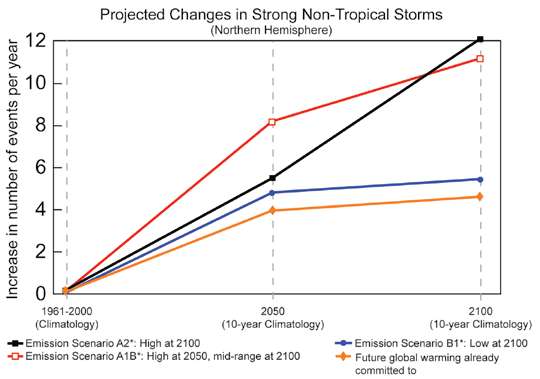
![Reblog this post [with Zemanta]](http://img.zemanta.com/reblog_e.png?x-id=afef42c6-3394-493b-9035-c1b454ebcbd6)

![Reblog this post [with Zemanta]](http://img.zemanta.com/reblog_e.png?x-id=4d4ba40e-5d3e-438e-81bb-33143fcac90f)
